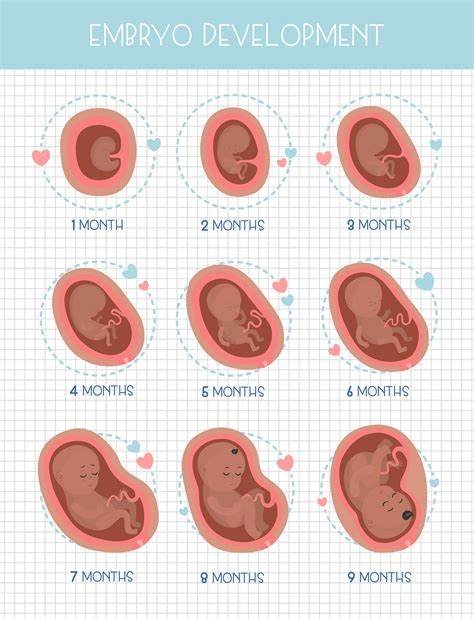
How to Prevent Diabetes in High-Risk Individuals
Diabetes, particularly type 2 diabetes, is a growing health concern worldwide. Fortunately, for those who are at high risk, there are preventive measures that can help delay or even prevent the onset of the disease. High-risk individuals include those with a family history of diabetes, obesity, sedentary lifestyles, or conditions like pre-diabetes. In this article, we’ll explore the steps high-risk individuals can take to prevent diabetes and improve their overall health.

Understand the Risk Factors for Diabetes
Before diving into prevention strategies, it’s essential to understand the key risk factors that increase the likelihood of developing diabetes:
- Family history: A parent or sibling with diabetes increases your risk.
- Age: Being over 45 years old increases the likelihood of developing type 2 diabetes, though the condition is becoming more common in younger individuals.
- Obesity: Carrying excess weight, especially around the abdomen, contributes to insulin resistance.
- Inactivity: A sedentary lifestyle increases the risk of developing diabetes.
- High blood pressure or cholesterol: These conditions can also increase your diabetes risk.
- Pre-diabetes: If your blood sugar levels are higher than normal but not high enough to be diagnosed as diabetes, you have pre-diabetes, which puts you at a higher risk of developing type 2 diabetes.
By identifying your risk factors, you can take proactive steps to prevent diabetes and improve your health.
Maintain a Healthy Weight
Maintaining a healthy weight is one of the most effective ways to prevent diabetes, particularly for those who are overweight or obese. Even a modest weight loss of 5-10% of body weight can significantly reduce the risk of developing type 2 diabetes by improving insulin sensitivity and lowering blood sugar levels.
Tips for Healthy Weight Management:
- Balanced diet: Eat a diet rich in whole grains, fruits, vegetables, lean proteins, and healthy fats. Limit processed foods, sugary snacks, and refined carbohydrates.
- Portion control: Keep portion sizes in check to avoid overeating, which can lead to weight gain.
- Regular exercise: Regular physical activity can help burn calories and improve insulin sensitivity.
Engage in Regular Physical Activity
Regular physical activity is one of the most effective strategies for preventing diabetes, especially for those at high risk. Exercise helps maintain a healthy weight, reduces insulin resistance, and improves overall health.
Exercise Guidelines:
- Aim for at least 150 minutes of moderate-intensity aerobic activity (such as brisk walking, cycling, or swimming) per week. This could be spread throughout the week in sessions of at least 10 minutes.
- Incorporate strength training: Activities like weightlifting or bodyweight exercises (e.g., squats, push-ups) at least two days a week can increase muscle mass, which helps with glucose regulation.
- Stay active throughout the day: Avoid sitting for long periods. Take breaks to walk around or stretch to keep your blood circulating and muscles active.
Eat a Healthy, Balanced Diet
A healthy diet plays a crucial role in preventing diabetes by managing blood sugar levels, improving insulin sensitivity, and promoting weight loss or maintenance. Focus on foods that help stabilize blood sugar and reduce insulin resistance.
Key Dietary Recommendations:
- Eat whole grains: Foods like oats, brown rice, quinoa, and whole wheat bread provide fiber, which helps slow the absorption of sugar into the bloodstream and improves blood sugar control.
- Include plenty of vegetables and fruits: Non-starchy vegetables (e.g., leafy greens, peppers, broccoli) are low in calories and high in nutrients. Fruits like berries, apples, and oranges are also good choices, but be mindful of portion sizes to avoid excessive sugar intake.
- Choose lean protein: Foods like chicken, turkey, fish, beans, and tofu provide protein without excess fat and calories.
- Healthy fats: Incorporate sources of healthy fats, such as avocados, nuts, seeds, and olive oil. These fats support satiety and improve heart health.
- Limit processed foods and added sugars: Cut back on sugary snacks, sugary beverages, and refined carbs, as these contribute to weight gain and poor blood sugar control.
Monitor Blood Sugar Levels Regularly
For individuals at high risk for diabetes, monitoring blood sugar levels is an important tool for tracking health and making necessary adjustments to lifestyle. Early detection of high blood sugar levels can allow for timely interventions and better management of the condition.
- Check your blood sugar: If you have been diagnosed with pre-diabetes, your doctor may recommend periodic blood sugar testing. This allows you to monitor changes and take action to prevent the progression to type 2 diabetes.
- Work with your healthcare provider: Your healthcare provider can guide you on when and how to monitor your blood sugar levels, helping to keep you on track.
Conclusion
Preventing diabetes in high-risk individuals is possible with the right lifestyle changes and proactive measures. Maintaining a healthy weight, engaging in regular physical activity, eating a balanced diet, and managing stress are all effective strategies for reducing the risk of developing type 2 diabetes. Regular monitoring, a healthy mindset, and working closely with healthcare professionals will help ensure you stay on track toward better health and diabetes prevention.







